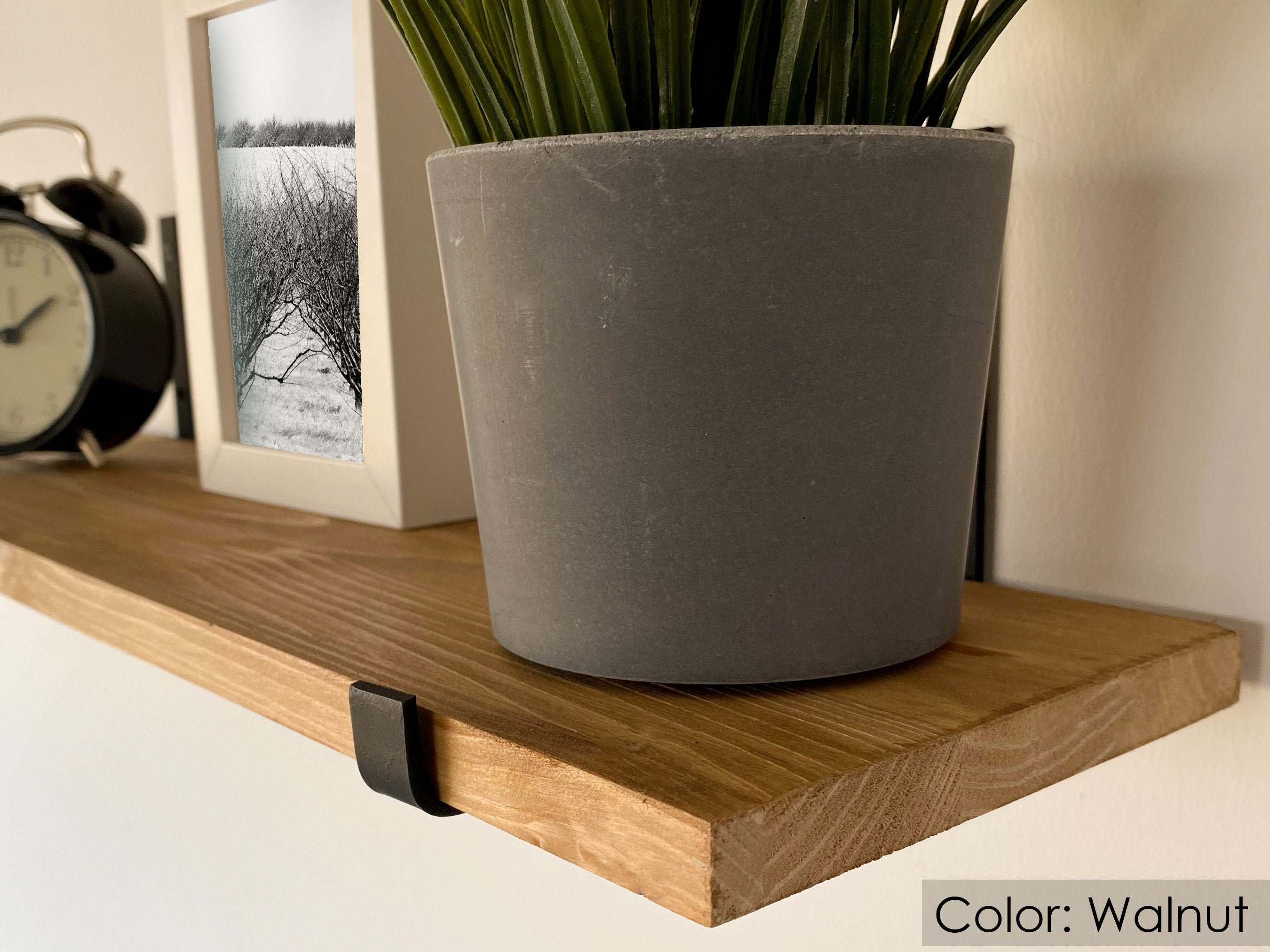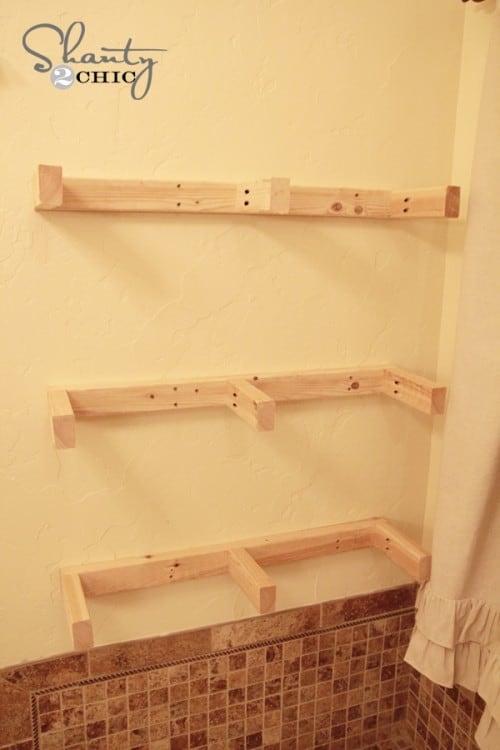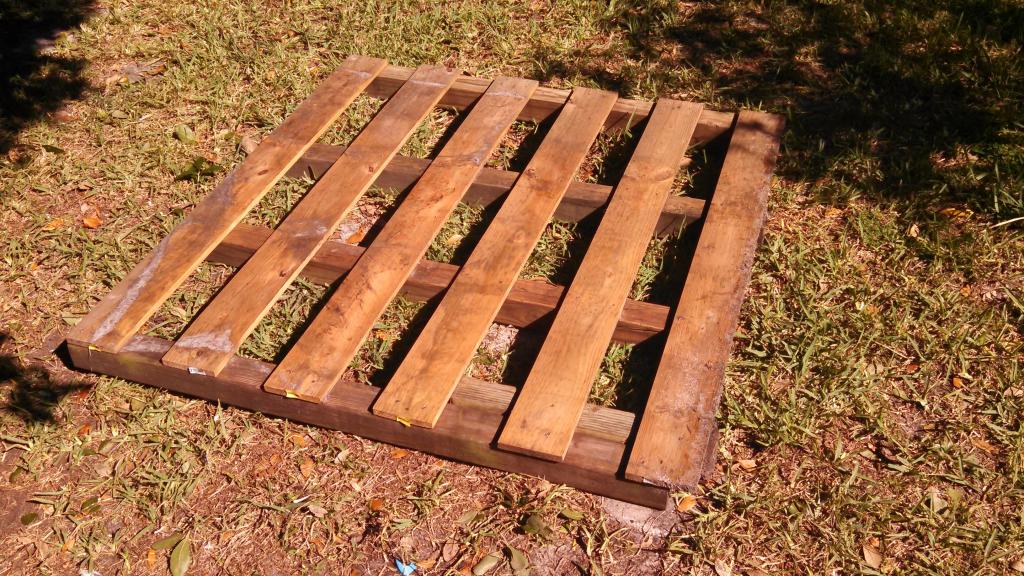
Wooden Wall Shelves: A Minimalist's Dream Come True
Hey there, fellow organization enthusiasts and design lovers! If you're anything like me, you're constantly on the hunt for ways to make your space feel both beautiful and functional. And let's be honest, there's something truly satisfying about a perfectly organized space, right? Enter the world of wooden wall shelves, a minimalist's haven that's not just practical, but also incredibly stylish.
Let's face it, clutter can be a real downer. It weighs down the atmosphere of a room, making it feel cramped and chaotic. But wooden wall shelves, with their sleek lines and natural warmth, offer a solution that's as beautiful as it is practical. They're like a blank canvas for your belongings, letting you curate a display that reflects your personal style and adds a touch of elegance to your home.
Why Wooden Wall Shelves are a Minimalist's Best Friend
Now, you might be wondering why wooden wall shelves are such a hit with minimalists. Well, let me tell you, there are a few reasons that make them a perfect fit:
1. Simplicity and Clean Lines
Minimalism is all about simplicity, and wooden wall shelves embody this philosophy perfectly. They typically feature clean, uncluttered lines and a natural, unpretentious aesthetic. This absence of visual distractions allows your belongings to take center stage, creating a calm and peaceful ambiance.
2. Versatility and Functionality
Another reason why minimalists love wooden wall shelves is their incredible versatility. You can use them to display books, plants, decorative objects, or even your favorite photos. They're a fantastic way to add storage without taking up valuable floor space.
3. A Touch of Nature
Minimalism often embraces the use of natural materials, and wood fits the bill beautifully. The warmth and texture of wood bring a sense of grounding and tranquility to any space. It's like bringing a little bit of nature indoors, promoting a sense of calm and serenity.
Choosing the Right Wooden Wall Shelves
Now that you're convinced, let's dive into the fun part â€" picking out the perfect wooden wall shelves for your space. It's like choosing the finishing touches to a masterpiece! Here are some things to consider:
1. The Type of Wood
Wood comes in a wide array of varieties, each with its unique characteristics. Some popular choices include:
- Oak: Known for its durability and rich grain pattern, oak adds a touch of elegance to any space.
- Walnut: A classic choice for its beautiful dark color and striking grain, walnut brings a sophisticated feel.
- Maple: Offers a lighter, more delicate aesthetic, maple adds a touch of brightness and warmth.
- Pine: A more budget-friendly option, pine is known for its soft wood and rustic appeal.
2. Style and Design
There are countless styles of wooden wall shelves to choose from, so you can find ones that perfectly match your aesthetic. Do you prefer a minimalist and modern look with straight edges? Or perhaps you're drawn to a more rustic style with distressed wood? Consider the overall design of your space and choose shelves that complement the existing elements.
3. Size and Configuration
Think about how you plan to use your shelves and the amount of space you have available. Would you like a single large shelf to showcase a special collection, or a set of smaller shelves for organizing everyday essentials? Consider the dimensions of the wall you're working with and choose shelves that fit the space harmoniously.
Beyond the Basics: Creative Uses for Wooden Wall Shelves
Wooden wall shelves aren't just for books and knick-knacks, you know! They can be used in so many creative ways to enhance your home. Here are a few ideas to spark your imagination:
1. Kitchen Organization
Think beyond cabinets and use wooden wall shelves to create a functional and visually appealing kitchen. Display your favorite cookbooks, store spices, and add a touch of warmth to your culinary workspace.
2. Bathroom Storage
Use wooden wall shelves to maximize space in your bathroom. Store towels, toiletries, or display decorative items like plants or candles. The natural wood adds a spa-like feel to your bathroom sanctuary.
3. Bedroom Oasis
Wooden wall shelves are perfect for creating a cozy and inviting bedroom. Use them to display your favorite books, framed photos, or even potted plants. They can help to break up large walls and add a touch of personality to your space.
4. Entryway Functionality
Make a lasting impression with a functional and stylish entryway. Use wooden wall shelves to create a designated space for keys, mail, and accessories. The shelves can also be used to display artwork or a personal collection.
Installation Tips for Success
Okay, you've picked out your dream wooden wall shelves, now it's time to get them installed. Don't worry, it's not as daunting as it might seem! Here are a few tips to make the process smooth and successful:
- Measure twice, cut once: This old adage is especially important when installing shelves. Make sure to measure the wall space carefully and mark the location of the brackets before drilling any holes.
- Use a stud finder: Attaching shelves to studs will provide the most secure installation. A stud finder will help you locate the wall studs accurately.
- Level, level, level: Before securing the shelves to the brackets, use a level to make sure they're perfectly straight. You'll thank yourself later for avoiding crooked shelves!
Frequently Asked Questions
Here are some common questions about wooden wall shelves that you might have:
1. Are wooden wall shelves sturdy enough to hold heavy objects?
Yes, as long as they are properly installed and you use a sturdy type of wood, wooden wall shelves can hold a significant amount of weight. However, it's always a good idea to check the weight capacity of the specific shelves you're purchasing.
2. How do I clean wooden wall shelves?
Dust them regularly with a soft cloth. For deeper cleaning, use a mild wood cleaner and a damp cloth, then dry thoroughly. Avoid using harsh chemicals or abrasives, as they can damage the finish.
3. Can I paint wooden wall shelves?
Absolutely! If you want to add a pop of color or match your existing décor, you can paint them. Use a high-quality paint specifically designed for wood for the best results.
I hope this guide has inspired you to embrace the beauty and functionality of wooden wall shelves. They're a fantastic way to create a minimalist haven in your home and enhance your everyday life. Now, go forth and organize with style!




















:max_bytes(150000):strip_icc()/handmade-haven-5af32f35fa6bcc0036e06488.jpg)
